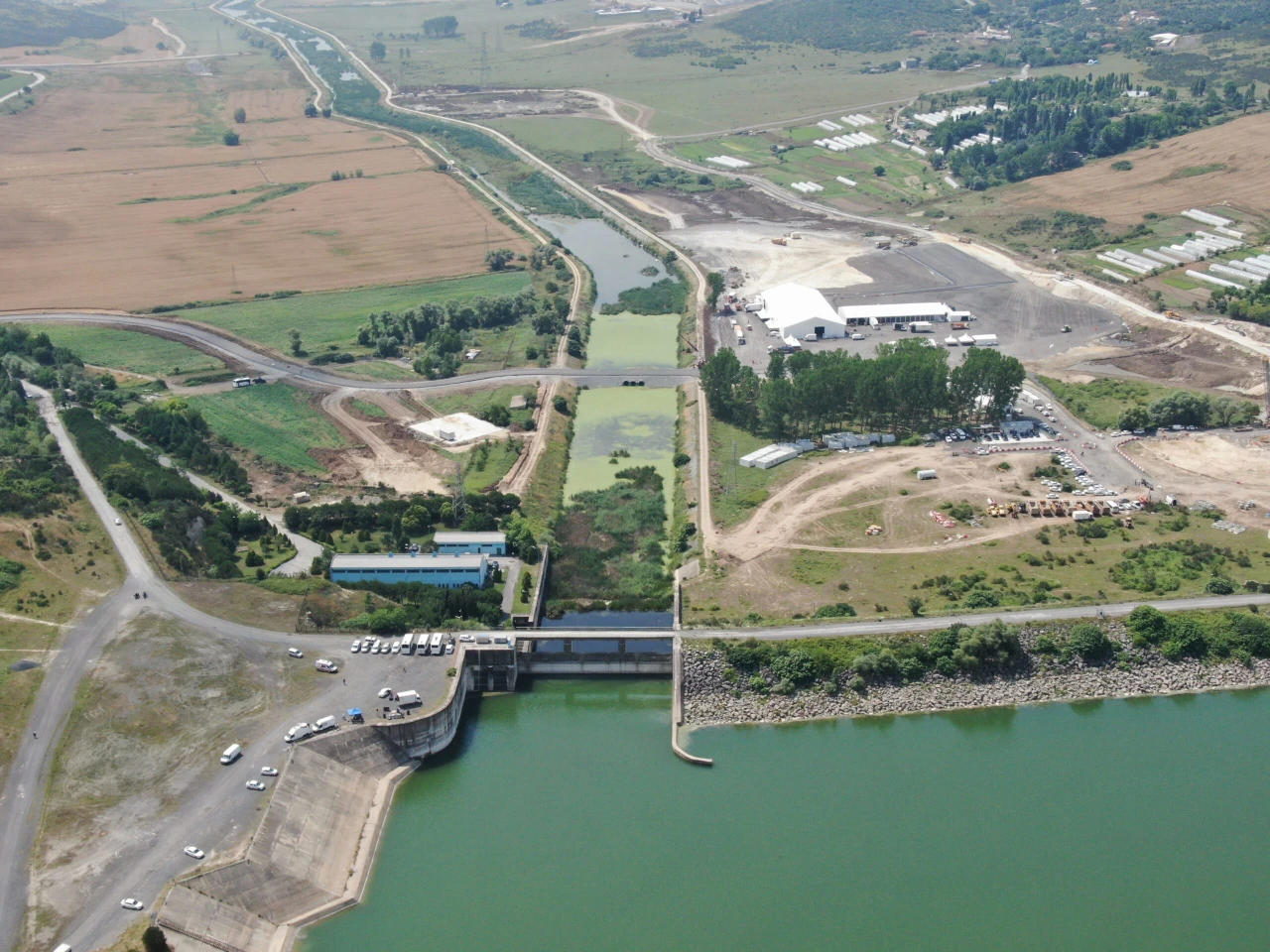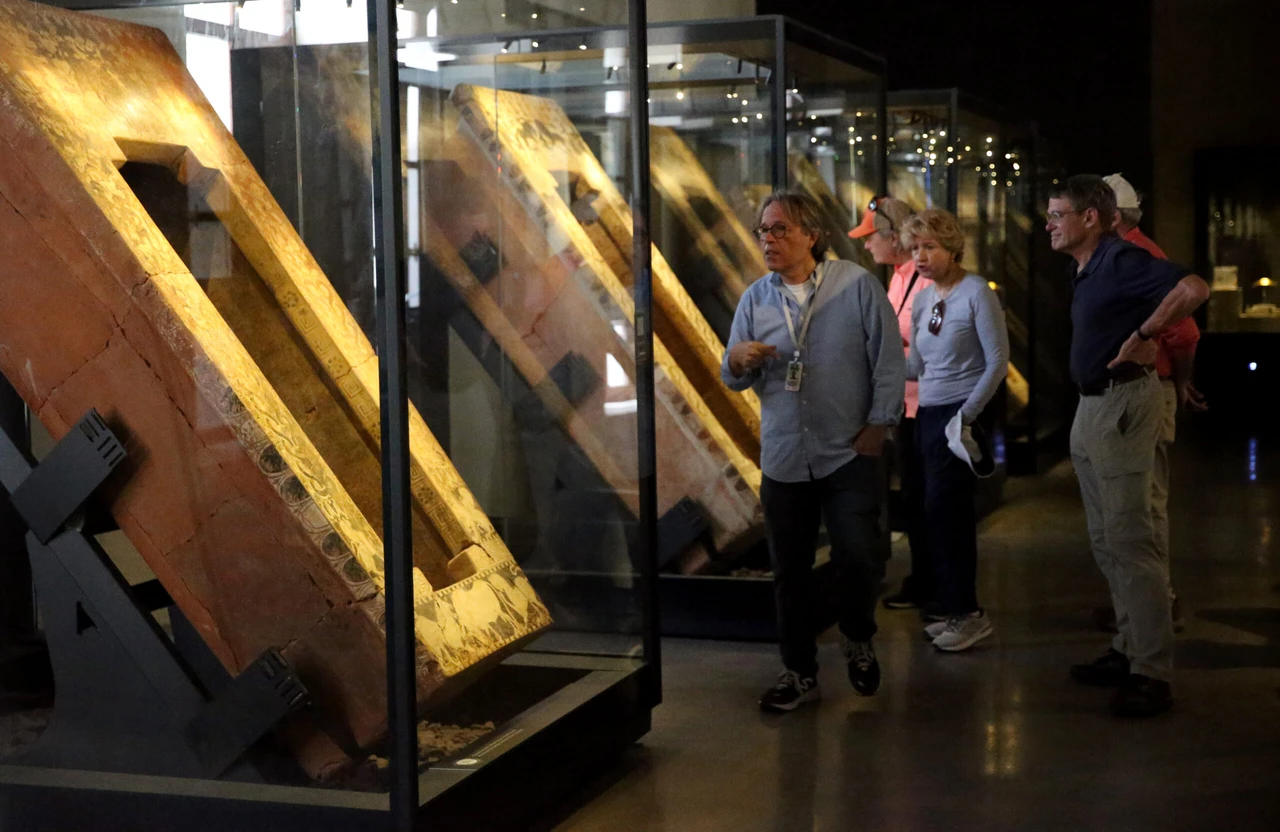7,450-year-old silos and stamp seals unearthed at Domuztepe in Türkiye
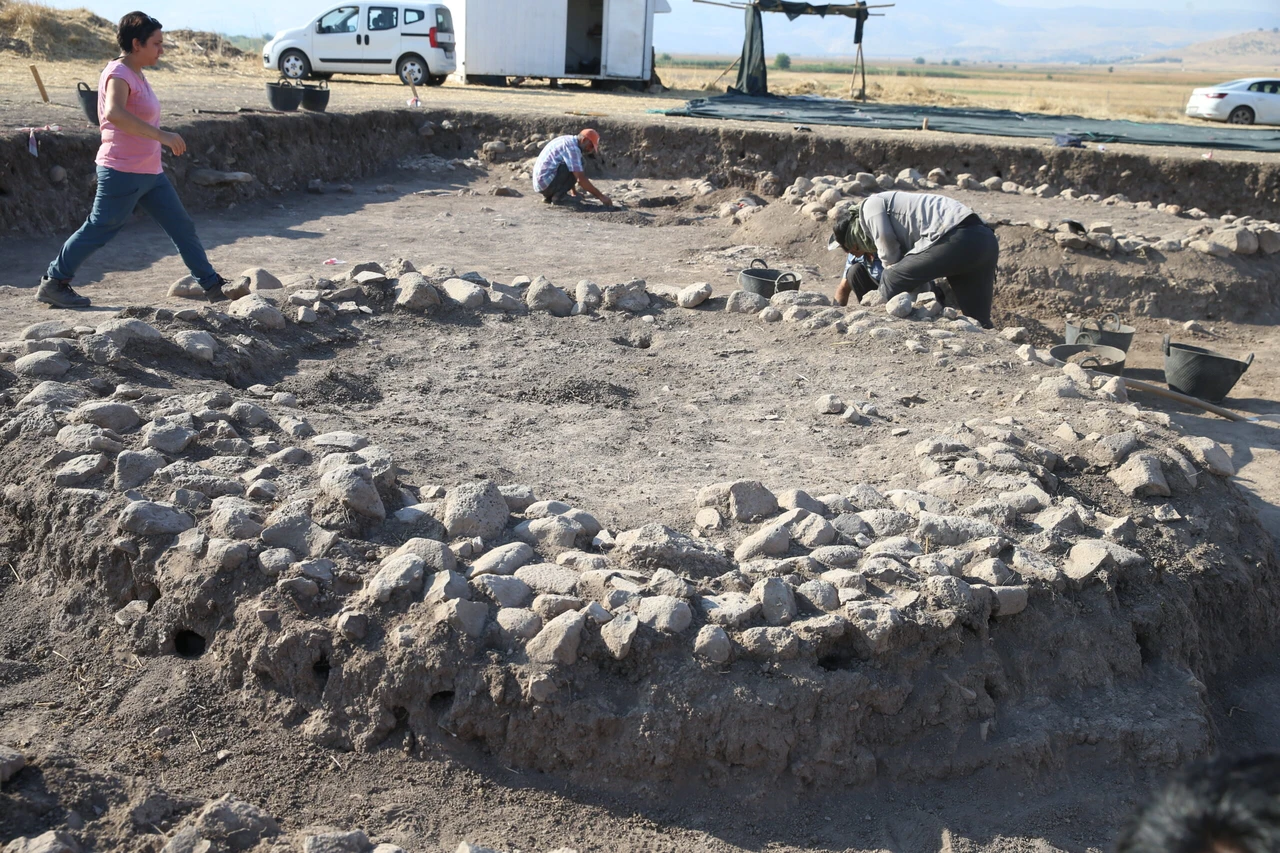 During the excavation work at Domuztepe Hoyuk in Turkoglu district of Kahramanmaras, the remains of three silos with a single-row stone foundation, estimated to be 7,450 years old, were discovered, Türkiye, September 18, 2024 (AA Photo)
During the excavation work at Domuztepe Hoyuk in Turkoglu district of Kahramanmaras, the remains of three silos with a single-row stone foundation, estimated to be 7,450 years old, were discovered, Türkiye, September 18, 2024 (AA Photo)
Significant archaeological discoveries continue to emerge from the Domuztepe Hoyuk excavation in Türkiye’s Kahramanmaras province, where three large silos and stamp seals dating back 7,450 years have been unearthed.
Led by Associate professor Halil Tekin from Hacettepe University, the excavation reveals evidence of early human responses to severe droughts.
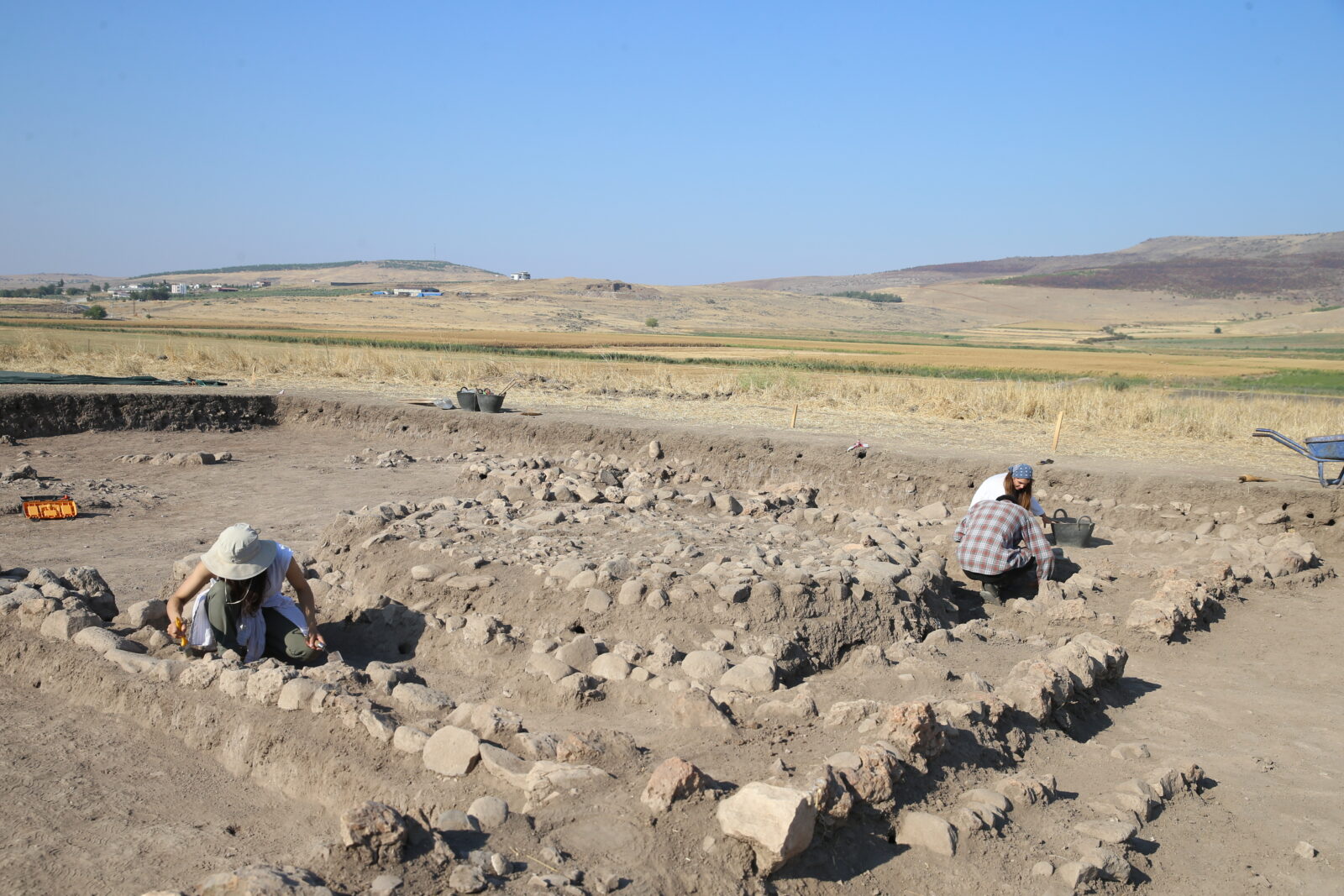
Massive silos hint at ancient climate crisis
Tekin explained that the silos, each 3 meters in diameter and built on a stone foundation, likely stored crucial food supplies during a period of extreme drought around 5450 B.C.
“The archaeological and meteorological findings point to a significant climate event. Temperatures soared, rainfall diminished, and these people felt a dire need to accumulate resources. The scale of these silos shows just how severe the situation was,” Tekin stated.
The discovery, made in the Kelibisler neighborhood of Turkoglu district, is part of a multi-decade project to uncover Domuztepe‘s role as a key cultural link between Gobeklitepe and the Sumerians. Previous excavations have also revealed four large silos just 20 meters east of this new find, indicating that large-scale storage was a common practice in this settlement.
The excavation also brought to light unique artifacts, including early tokens – small stone or clay objects used for counting or record-keeping – and stamp seals. Tekin described these objects as the “three-dimensional precursor to writing.” The discovery of early Sumerian-style pottery, replacing the intricate Halafian ceramics, further underlines Domuztepe’s pivotal position in ancient cultural transitions.
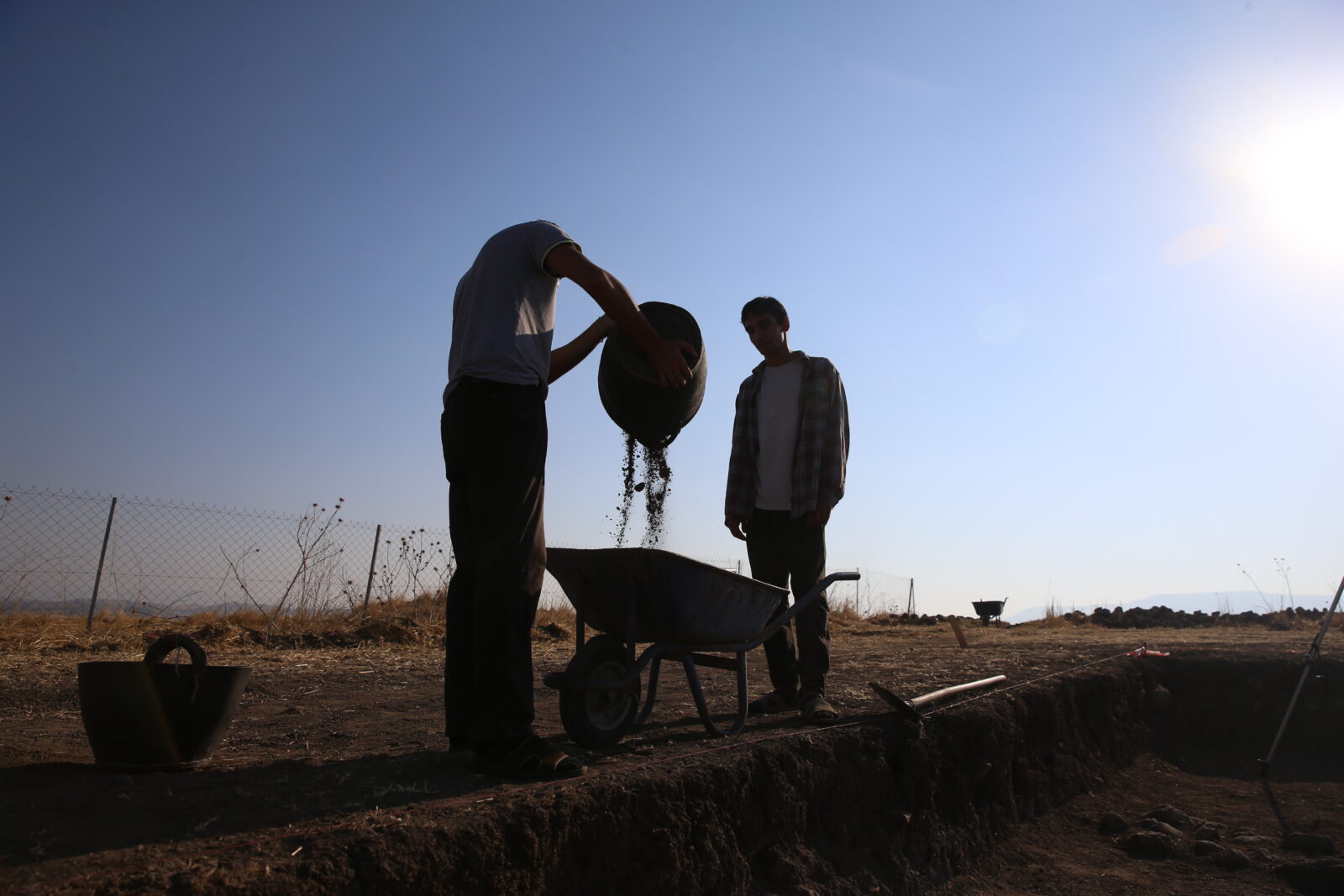
Linking Gobeklitepe and the Sumerians
Tekin highlighted the broader significance of these findings, positioning Domuztepe as a crucial link between the monumental cultures of Gobeklitepe and the early Sumerians.
“What happened after Gobeklitepe? Where did those remarkable builders and communities go? Domuztepe may hold the key to that mystery. It is a crucial link between these ancient civilizations, offering us new insights year after year,” he explained.
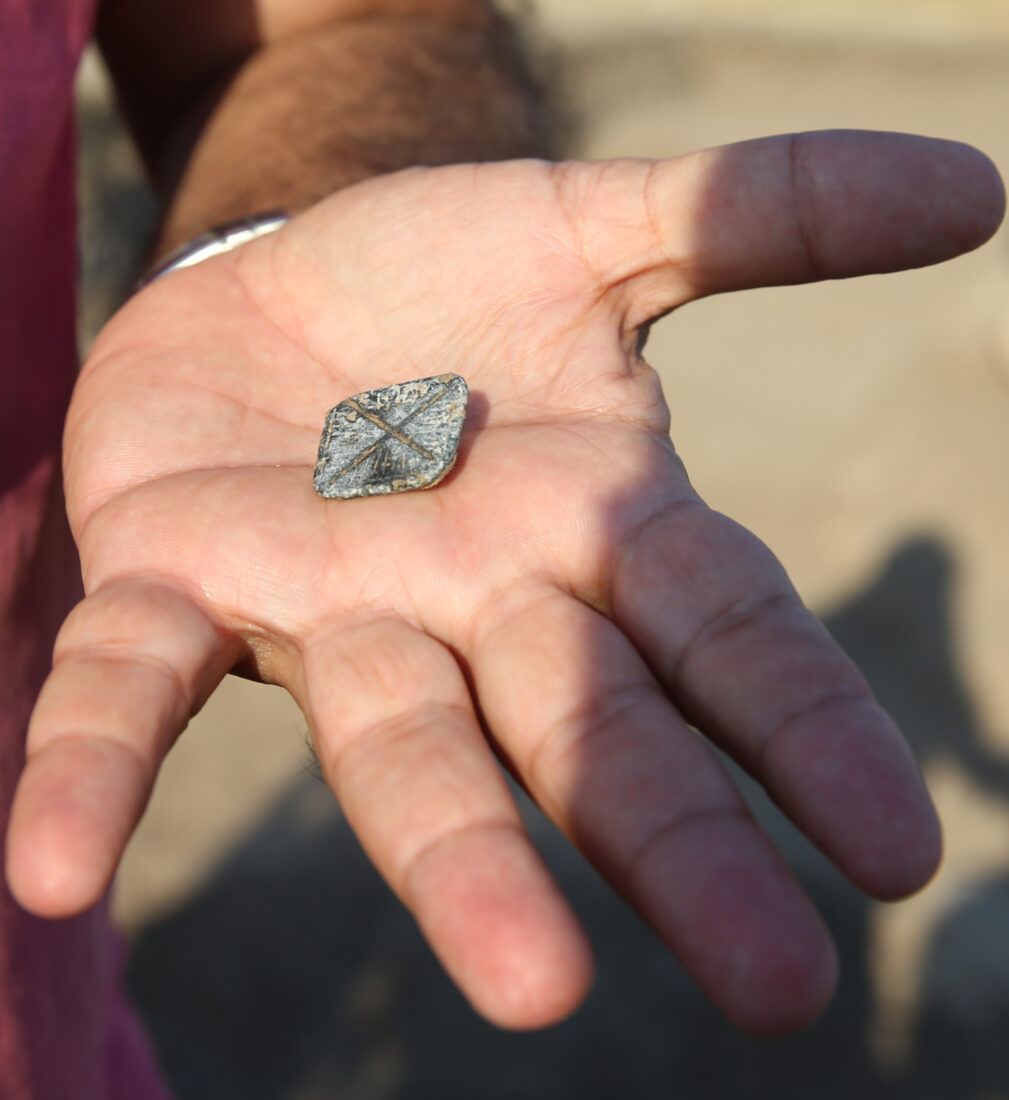
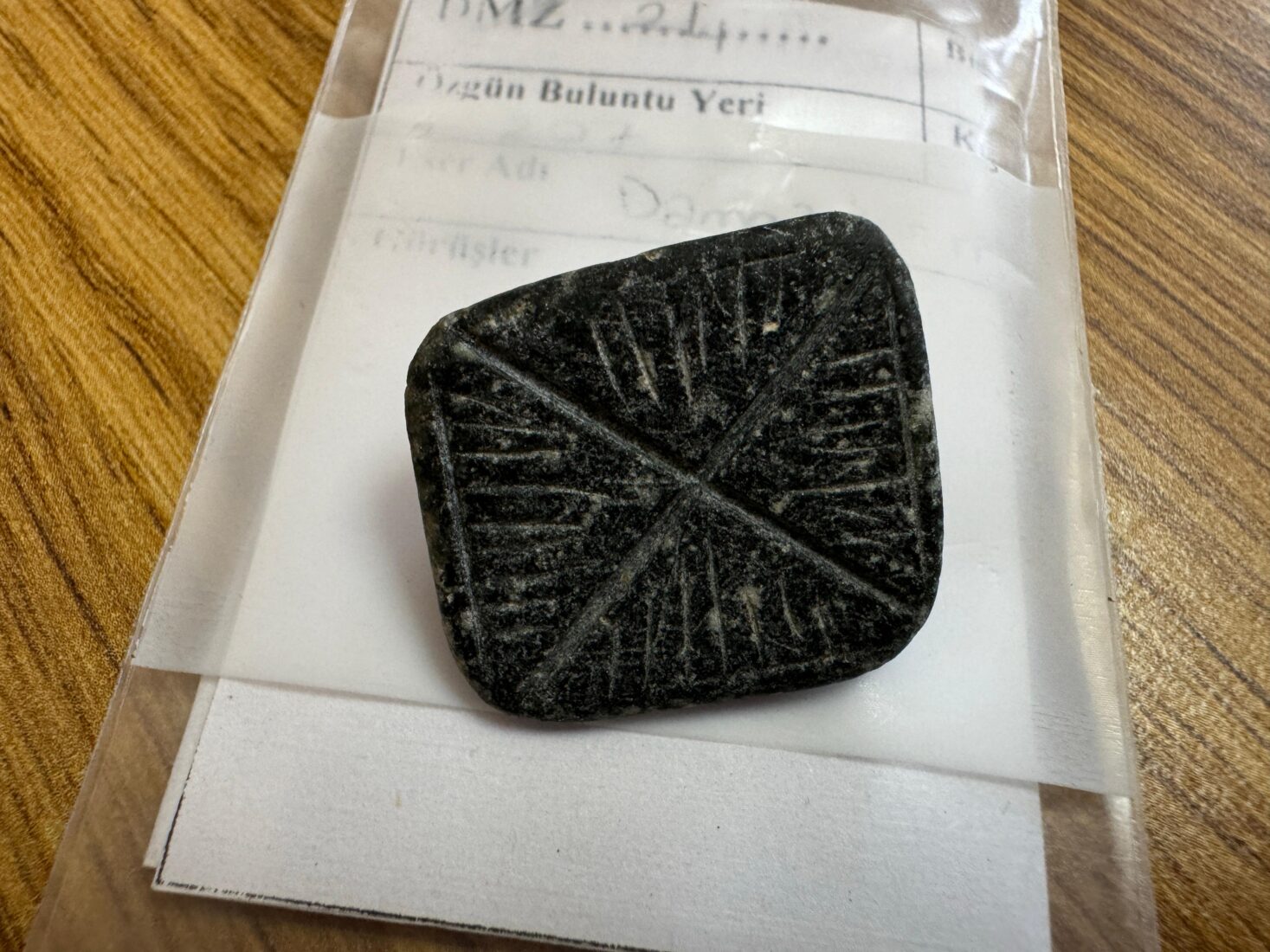
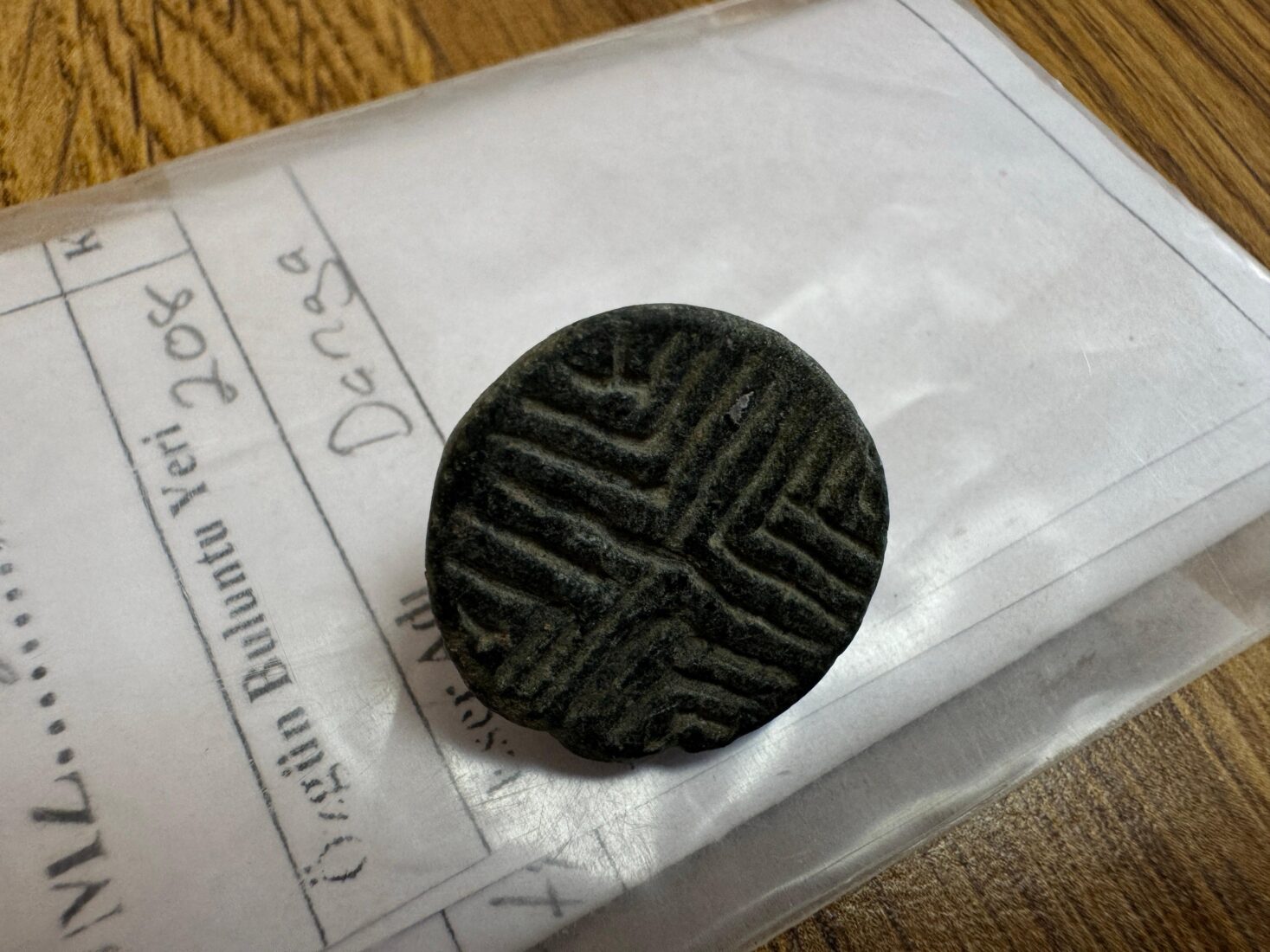
Domuztepe’s stamp seals: Geometric symbols of collective identity
The discovery of stamp seals featuring geometric designs offers further insight into the social and symbolic world of Domuztepe’s inhabitants. Unlike seals with human or animal figures common in later periods, these seals contain no figurative depictions.
“These geometric patterns reflect a collective rather than individual expression, indicating that communal ownership or identity was more significant at the time,” Tekin added.
The ongoing excavations at Domuztepe continue to shed light on the prehistoric transition from the cultures of Gobeklitepe to the Sumerians, offering a glimpse into the social, economic, and environmental challenges faced by ancient communities.

